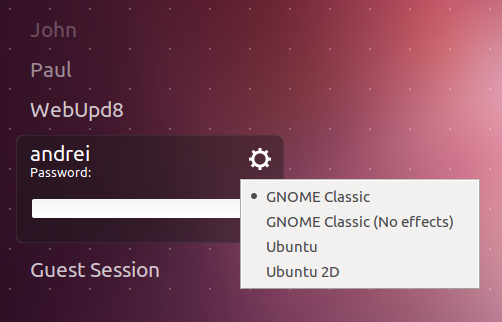Software Carpentry Workshop Computer Setup
Follow these instructions to prepare your computer for the software carpentry bootcamp
Note: People in the Course "Applied Data Science" should instead follow these instructions
Stuff to Download
- A version of Anaconda appropriate for you machine
- If you have Windows, download and unzip either this VM image.
- If you have a mac, download Xcode
- First try getting it from the app store
- If this doesn't work (due to an older OSX), you have to register as a developer
Software Installation
Overview
- Python distribution
- Editor
- vim-gnome, macvim, gedit, or sublime text
- Version control
- Additional libraries
- pdbpp
- pep8
- line_profiler
Installing Python Configurations
If you have Linux
- Install Anaconda CE.
- Hints
- Try to install in your HOME directory (default) so you don't need sudo
- Don't invoke the installer shell using sudo if installing into HOME directory
- Remember to configure your environment
- Remember to read the documentation
- Install Git version control, and additional packages including VIM and other Python packages
If you have a Mac
- You need to first install xcode,
- xcode can be installed by going to the App Store. You need to install xcode, then goto the top left of your screen and click XCode -> Preferences -> Downloads, find "command line tools" and click install.
- xcode is a 1GB+ download so you will not have time to download it in class on Wednesday
- Note that the current version of xcode is only supported by OSX 10.7.4+ so we highly recommend you upgrade your operating system. If for whatever reason you absolutely cannot upgrade your os, you need to register for a free Apple developer account and download the appropriate version of xcode
- For 64 bit OSX, install Anaconda CE
- By default this is installed in your home directory. Unless you know what you're doing, don't change it.
- For 32 bit OSX, install EPD academic
- Remember to read the documentation
- Remember to configure your environment
- Install Git version control, and additional packages including VIM and other Python packages
If you have Windows
We will set you up with a Linux virtual machine. You can then follow the Linux instructions
- Download and unzip the VM image.
- Download VirtualBox
- Run the installer
- Open VirtualBox Manager
- Click "New" to create new virtual machine
- Select "Linux" for Type and "Ubuntu" or "Ubuntu (64-bit)" for Version
- Next, allocate half of your memory for your VM.
- Next, select "Use an existing virtual hard drive file" and select the VDI file you downloaded
- Once the VM has been created, select it and click "Start"
- If the VM image you downloaded already has guest-additions installed then you can skip this step. Otherwise once the setup is complete you need to install guest additions.
Now change the window manager IMPORTANT!!
- Turn on your VM and open a terminal
- In the terminal, type
sudo apt-get install gnome-session-fallback- This will install a new graphics manager for your desktop
- Click
Ywhen asked
- Log out (or restart)
- When you log in, there will be a "gear shaped" icon near your login name. Click it and select GNOME Classic (No Effects)

Extra Help: Configuring environment variables
- Modify your shell configuration file, henceforth referred to as your bashrc file.
- Mac OSX: From your home directory (i.e., ~/) open either .bashprofile or .bashaliases (create one if neither exists), add "export PATH=/path/to/python:$PATH"
- Linux: From your home directory (i.e., ~/) open .bashrc (create one if neither exists), add "export PATH=/path/to/python:$PATH"
- Refresh your terminal by typing
source ~/.bashrcor just opening a new terminal.
Verify Things
Open a terminal and start IPython with:
ipython --pylab- Verify numpy with
import numpy - To check pandas and matplotlib, from IPython, type
from pandas import Series; Series(randn(10)).plot()- Verify numpy with
Verify the notebook:
ipython notebook --pylab=inlineshould pop up a browser window and show the notebook dashboard
Verify your PATH setting:
which pythonshould show the directory in which you installed Anaconda/EPD as the first entry
Install additional software
- Ubuntu users should use "apt-get" command to install software packages. The syntax is "sudo apt-get install
..." - VIM (powerful but hard to learn in one day editor)
- Linux: "sudo apt-get install vim vim-gnome"
- Mac: download Macvim and follow installation instructions
- Other (easier) editors
- Linux: "sudo apt-get install gedit-plugins"
- Mac: Download and install sublime text
Python libraries
pip install pdbpp line_profiler pep8- If you don't have pip, install it first using
easy_install pip.
- If you don't have pip, install it first using
Set up version control
- Sign-up for free Github account
- Install git
- Mac: download from mac.github.com
- Linux: type
sudo apt-get install git
